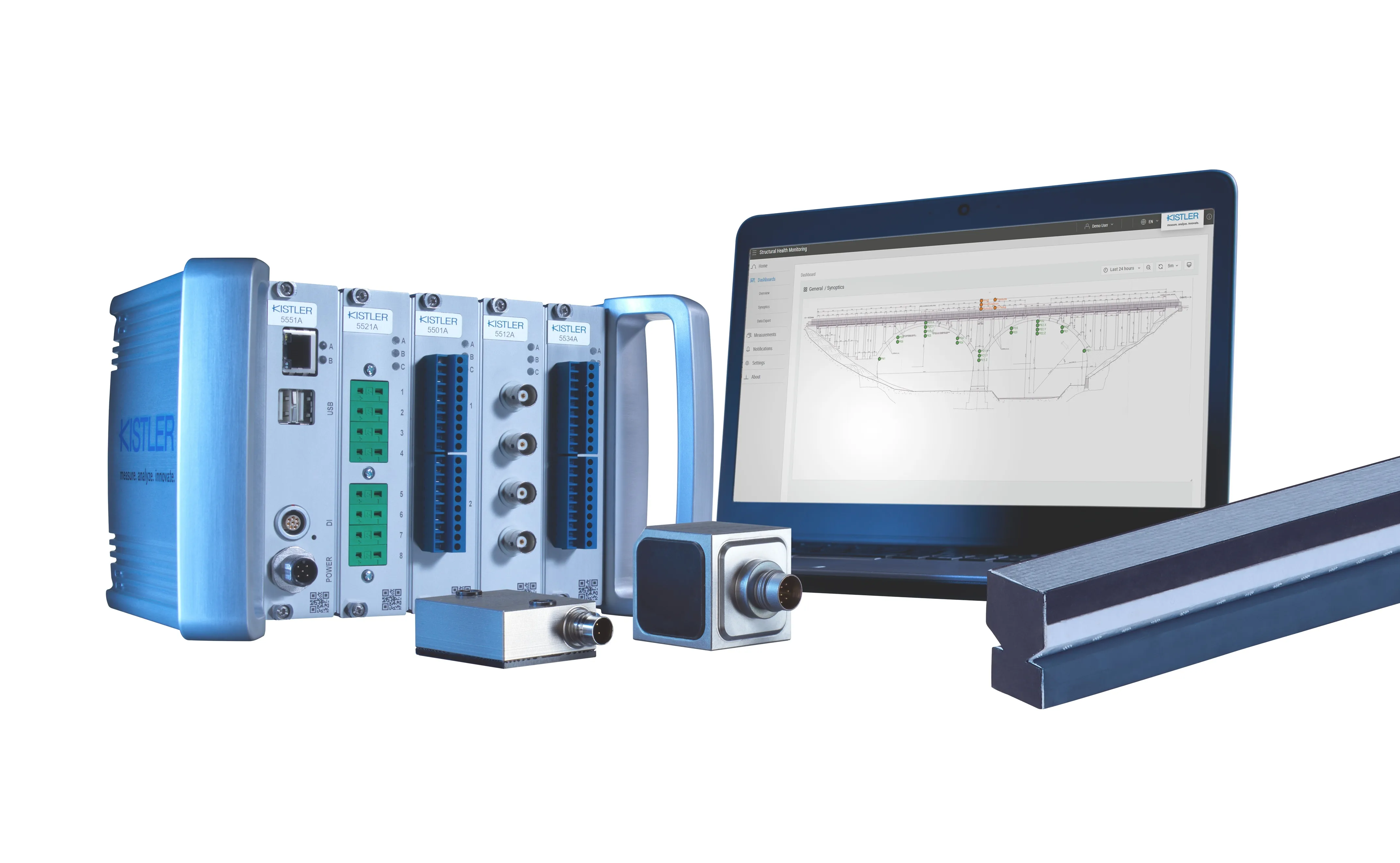Danish IT company Blip Systems has appointed German traffic monitoring specialist Traffic Data Systems as its value added reseller for German-speaking countries.
Traffic Data Systems is now offering BlipTrack, a non-intrusive solution that collects, analyses and visualises real-time data. BlipTrack sensors collect data from passing vehicles equipped with Bluetooth and wi-fi-enabled devices and calculate journey times and traffic flow. The solution is also able to analyse data from third-party data source
November 18, 2014
Read time: 2 mins
Danish IT company 3778 Blip Systems has appointed German traffic monitoring specialist 4592 Traffic Data Systems as its value added reseller for German-speaking countries.
Traffic Data Systems is now offering BlipTrack, a non-intrusive solution that collects, analyses and visualises real-time data. BlipTrack sensors collect data from passing vehicles equipped with Bluetooth and wi-fi-enabled devices and calculate journey times and traffic flow. The solution is also able to analyse data from third-party data sources such as ANPR cameras, radar, loops and other devices.
The system enables users to gather and process data from multiple systems, across multi-modal transport networks in one central server and provides a unique tool to evaluate, understand and optimise traffic flows and make strategic decisions to improve infrastructure utilisation and traveler experience.
“Traffic Data Systems cooperation with Blip Systems is a strategic partnership to provide a wide range of various data traffic acquisition systems to our customers. Adding to our WIM DSP weigh in motion systems and loop based TMCS/TMCS-U counters/classifiers, the BlipTrack solution closes a gap with their non-invasive sensors to measure travel times and speeds,” says Traffic Data Systems chief executive manager Florian Weiss.
“We see a huge potential for the BlipTrack solution in the German-speaking market and together with Traffic Data Systems, we can provide competitive and customised ITS solutions to road authorities. The superior expertise and technical know-how that Traffic Data Systems has in the field of ITS solutions truly complements our solution. We look forward to take on new territories and are confident that BlipTrack will provide added value to German-speaking customers,” says BLIP Systems sales director Preben Andersen.
Blip Systems and Traffic Data Systems will work closely together to collect real-time data in urban and inter-urban traffic. The measured route-based journey times and speeds will help stakeholders to better evaluate and optimise the road infrastructure, and warn motorists about congestion.
Traffic Data Systems is now offering BlipTrack, a non-intrusive solution that collects, analyses and visualises real-time data. BlipTrack sensors collect data from passing vehicles equipped with Bluetooth and wi-fi-enabled devices and calculate journey times and traffic flow. The solution is also able to analyse data from third-party data sources such as ANPR cameras, radar, loops and other devices.
The system enables users to gather and process data from multiple systems, across multi-modal transport networks in one central server and provides a unique tool to evaluate, understand and optimise traffic flows and make strategic decisions to improve infrastructure utilisation and traveler experience.
“Traffic Data Systems cooperation with Blip Systems is a strategic partnership to provide a wide range of various data traffic acquisition systems to our customers. Adding to our WIM DSP weigh in motion systems and loop based TMCS/TMCS-U counters/classifiers, the BlipTrack solution closes a gap with their non-invasive sensors to measure travel times and speeds,” says Traffic Data Systems chief executive manager Florian Weiss.
“We see a huge potential for the BlipTrack solution in the German-speaking market and together with Traffic Data Systems, we can provide competitive and customised ITS solutions to road authorities. The superior expertise and technical know-how that Traffic Data Systems has in the field of ITS solutions truly complements our solution. We look forward to take on new territories and are confident that BlipTrack will provide added value to German-speaking customers,” says BLIP Systems sales director Preben Andersen.
Blip Systems and Traffic Data Systems will work closely together to collect real-time data in urban and inter-urban traffic. The measured route-based journey times and speeds will help stakeholders to better evaluate and optimise the road infrastructure, and warn motorists about congestion.









